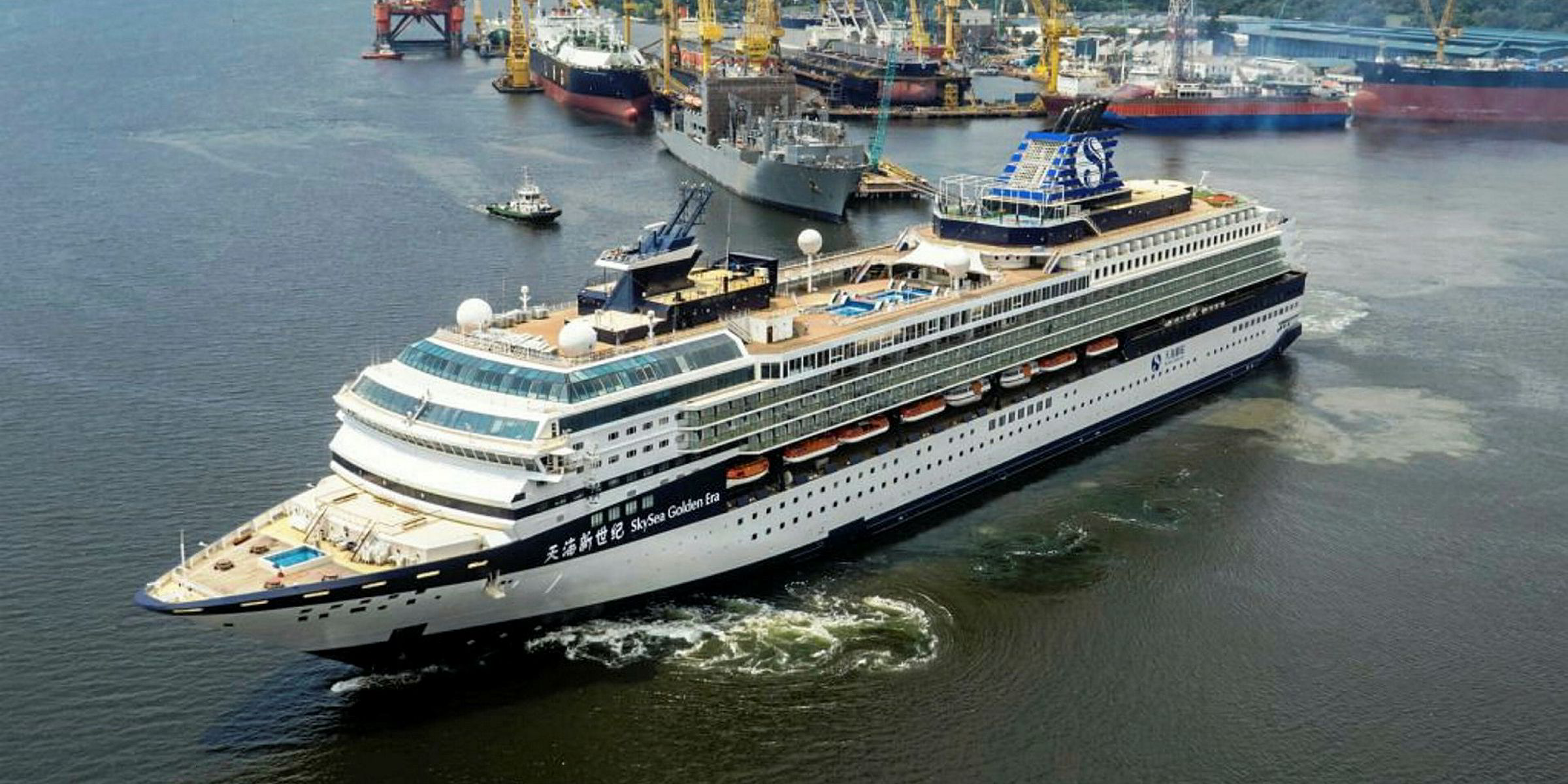Cruise majors are adding larger, more sophisticated ships to their fleets on a regular basis, with the new tonnage replacing older ships that are either sold off or have filtered down to other brands within the group.
The dilemma they face is that a large percentage of their fleets are usually made up of ships dating from the 1990s or early 2000s that are still economically viable but in need of updating so that the lines’ promised onboard experience is consistent across all ships.
As the cruise fleet gets older, an increasing number of middle-aged ships are being sent for extensive facelifts to keep them competitive for another decade or so.
The scope of the work is sometimes enormous, as is the amount of money spent.
In 2013, for example, Carnival Corp splashed out $155m on its 103,900-gt Carnival Destiny (built 1996), which emerged after a 75-day stay at Fincantieri as the Carnival Sunshine, an almost completely new ship with enhanced food, beverage and entertainment areas and a three-deck, adults-only area.
This year, Carnival will send another of its ships to Grand Bahama Shipyard for a major “revitalisation”, where the vessel will get new steel structures, including a cabin block with more rooms.
Balconies will also be fitted onto mid-ship and aft cabins on several deck levels, and a ducktail, sponsons and steel frames will be installed for interior work to public spaces.
Carnival tells TradeWinds that it considers major upgrades such as the one done to the Carnival Destiny in 2013 to be a viable undertaking for keeping its older ships current. That ship was just one of many older Carnival vessels to undergo an extensive midlife upgrade.
“These types of major refurbishment projects have been quite successful but also can be challenging, expensive and time consuming,” Carnival says. “We are always looking for new ways to enhance the shipboard experience for our guests and will consider these large-scale initiatives, as well as adding new passenger decks to existing ships, as appropriate.”
The volume of work being thrown at repair yards specialising in cruiseships has become so high that cruise lines are required to secure slots for major projects years in advance.
Not surprisingly, the cruise repair cluster is spread as wide as cruiseships’ geographical deployment. In the Caribbean, Grand Bahama Shipyard in Freeport takes the lion’s share of North American-based cruiseships.
Grand Bahama, which is owned by a consortium of cruise lines, is expecting 2018 to be a record year for refurbishments, revitalisations and repairs on 29 passengerships, up from 23 last year.
Apart from the aforementioned Carnival revitalisation project, several ships from Holland America Line — a subsidiary of Carnival — will be given “Lanai Decks”, which provide direct access to the promenade deck.

However, Carnival will not be the only cruise major getting attention at Grand Bahama.
Royal Caribbean International will have two revitalisation projects done at the shipyard that will include building aluminum deck blocks for new suites and new support structures for new waterparks.
A number of cruise repair yards are situated in Europe, where the likes of Blohm+Voss, Lloyd Werft and Fincantieri are the dominant players. Space at these yards has become so tight that it is providing an opportunity for other facilities to break into the cruise game.
For example, Belfast-based Harland and Wolff will end a long absence from cruiseship repair work later this month when it begins to convert P&O Cruises’ 30,300-gt Adonia (built 2001) into Azamara Cruises’ upscale Azamara Pursuit. The refit will take four months and will be fully managed by MJM Group, a marine interior outfitting company.
Two years ago, Carnival subsidiary Costa Cruises bought a 33% stake in Chantier Naval de Marseille (CNdM), the operator of the biggest dry dock in the Mediterranean. This move is largely believed to have been made as a means for Costa to guarantee dry dock space for its fleet of 15 cruiseships.
The unprecedented growth of the cruise trades in Asia has also led to record amounts of cruiseship work for Sembcorp Marine of Singapore in recent years, sealing the company’s position as the region’s dominant cruise repair yard.
Singapore is strategically located for cruise vessels operating in the Asian and Pacific regions, and Sembcorp Marine has continued to grow its cruiseship refit and repair business as cruise ship deployments in Asia increase. In 2017 the yard handled 16 cruiseships.

The yard says that cruise repair and upgrading work formed a significant percentage of its 2017 repairs revenue stream, along with work on LNG carriers.
While many of the ships that have been deployed to Asia are relatively new and only require quick bi-annual dry-dock work, in recent years Sembcorp Marine has undertaken large-scale midlife upgrade refits on a number of ships belonging to Carnival, Royal Caribbean and Star Cruises.




